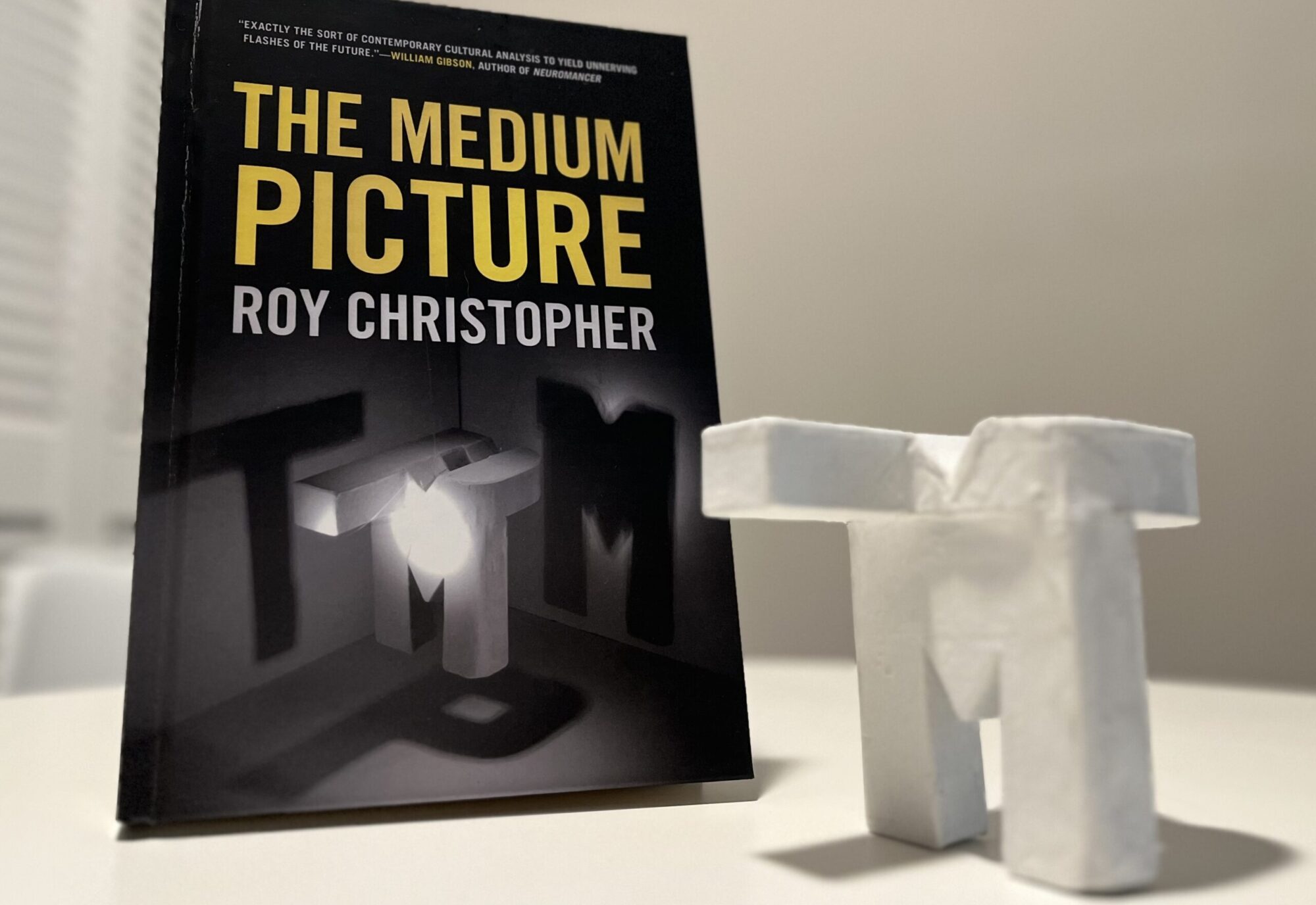 The old Level Magazine was one of those titles that put the Life in “lifestyle” magazine — and it’s back online starting today! Editor/publisher/leader Chris Noble invited me to contribute, so I’ll be posting bits over there on a regular.
The old Level Magazine was one of those titles that put the Life in “lifestyle” magazine — and it’s back online starting today! Editor/publisher/leader Chris Noble invited me to contribute, so I’ll be posting bits over there on a regular.
Here’s the history of the magazine direct from Chris:
In 1999, the magazine Level was born. Brothers Mark and Chris Noble, publishers of a BMX magazine and a core MTB magazine, got bored of going into their local newsagent and seeing nothing on the lifestyle shelves for them or their like. The US had produced Grand Royal, a happy-go-lucky hobby, more or less, of The Beastie Boys, and Mark and Chris felt that there was a gap in the UK market for something along those lines.
How hard could it be?
After several months of masterminding, almost-disastrous back-and-forth wrangling with the bureaucracy of WH Smith (the main wholesaler/retailers in the UK), designing and redesigning and getting editor Chris Quigley on board, Level quietly appeared on magazine shelves across the UK and beyond.
With the contributions of various luminaries—some of whom grace these web pages—and a remit of “All Things Good”, Level went down well. Unhindered by strict genres or target niches, it really did fill a gap. The talk was underground but very complimentary. Issue 01 picked up the UK’s inaugural Magazine Design Awards’ “Best Designed Consumer Magazine” prize.
From then on, the only way was, well, neither up nor down. The high-budget, low-moral advertising vultures of the London-based competition had a stranglehold on the ad spends of the rich and famous brands. Despite an increase in promotional spend and advertising sales strategy, Level, without a desire to sell its soul, found its pages to be a hard sell. Only the most discerning of brands supported the magazine, and it just wasn’t enough. The brakes came on in November 2000, after only eleven issues.
But it’s always been there. Gnawing away in the back of our minds, especially that of publisher/designer Chris Noble. The brothers parted ways with the publishing company at the end of 2006, but Chris saw to it that he took Level with him.
Since then, Chris has had more time to think about bringing the magazine back in one way or another, and during the first half of 2009, he dove head-first into the world of web code which he had so far largely managed to avoid.
And the rest is browser history.
Many thanks to Chris Noble. I am damn proud to be a part of the new era of Level.









